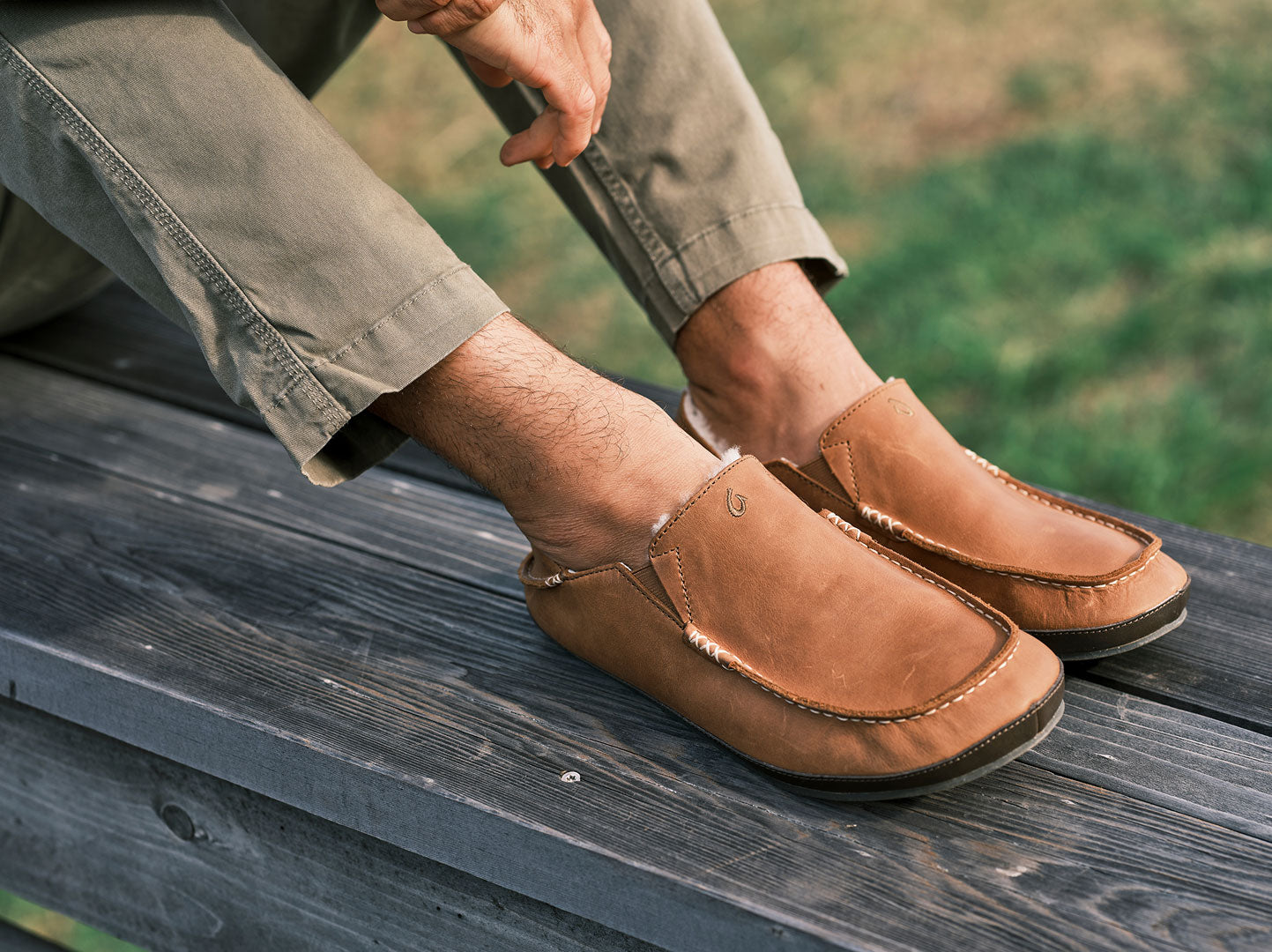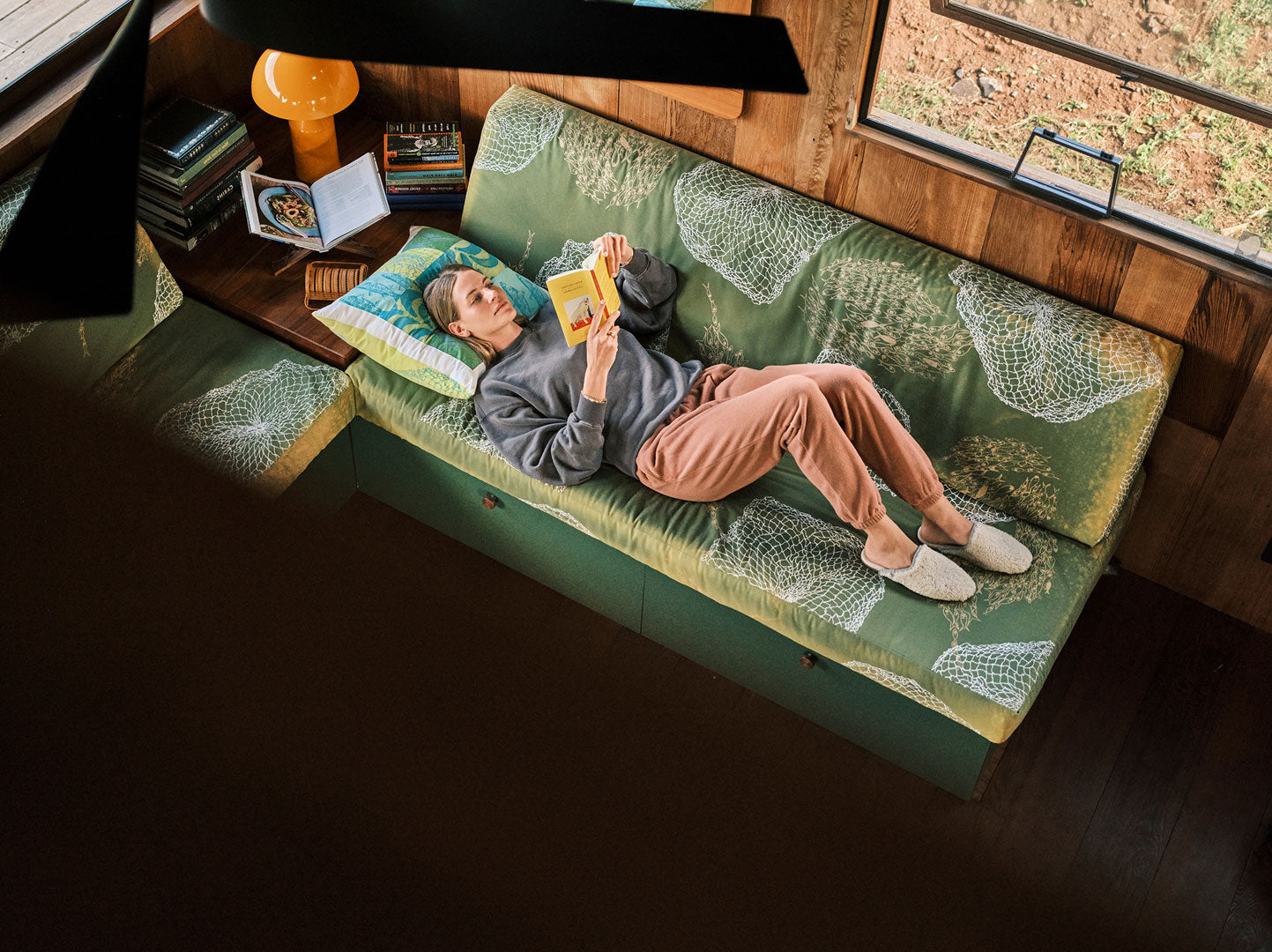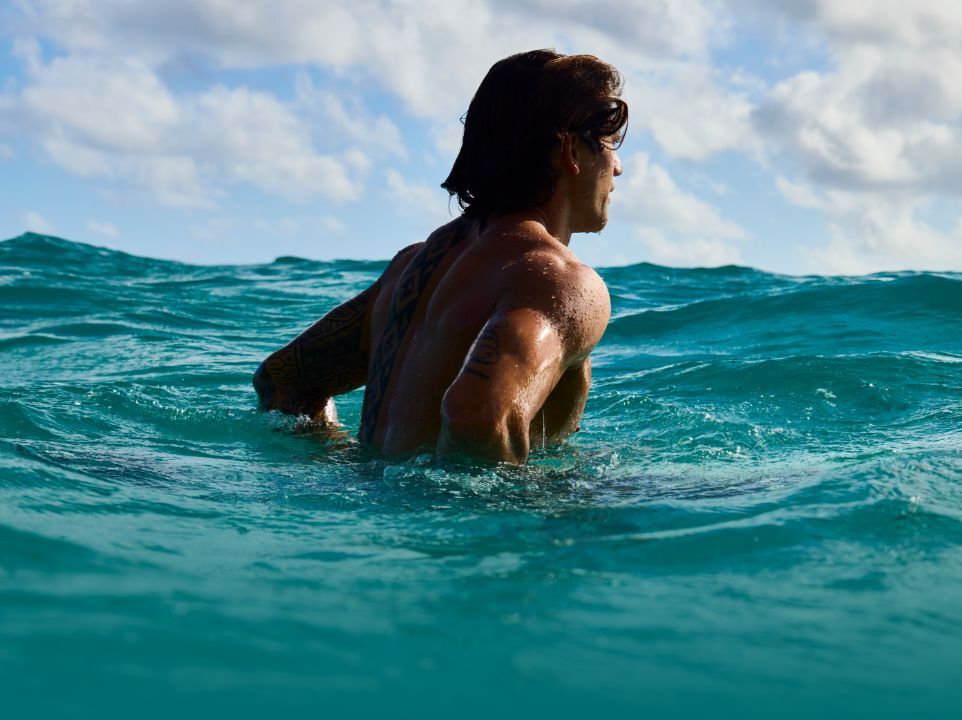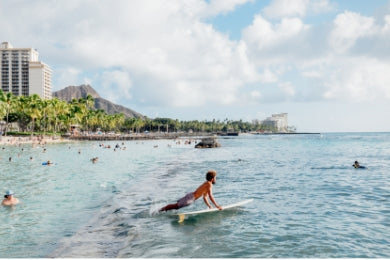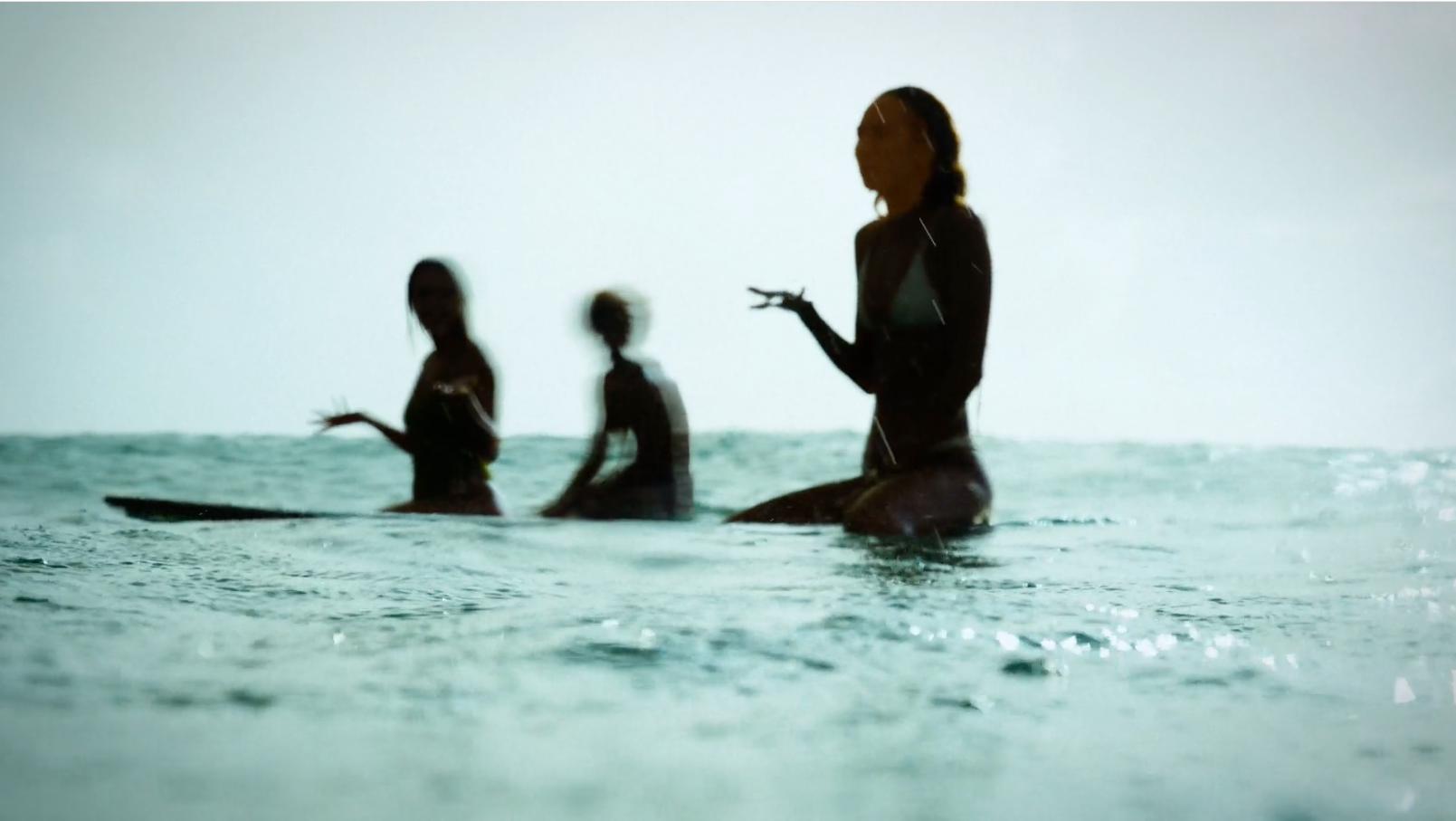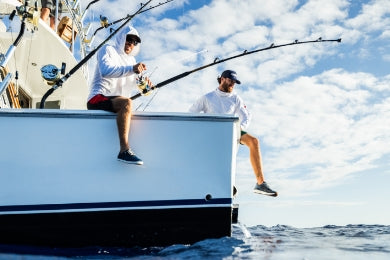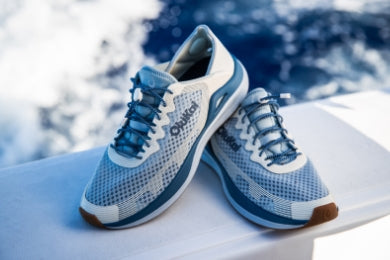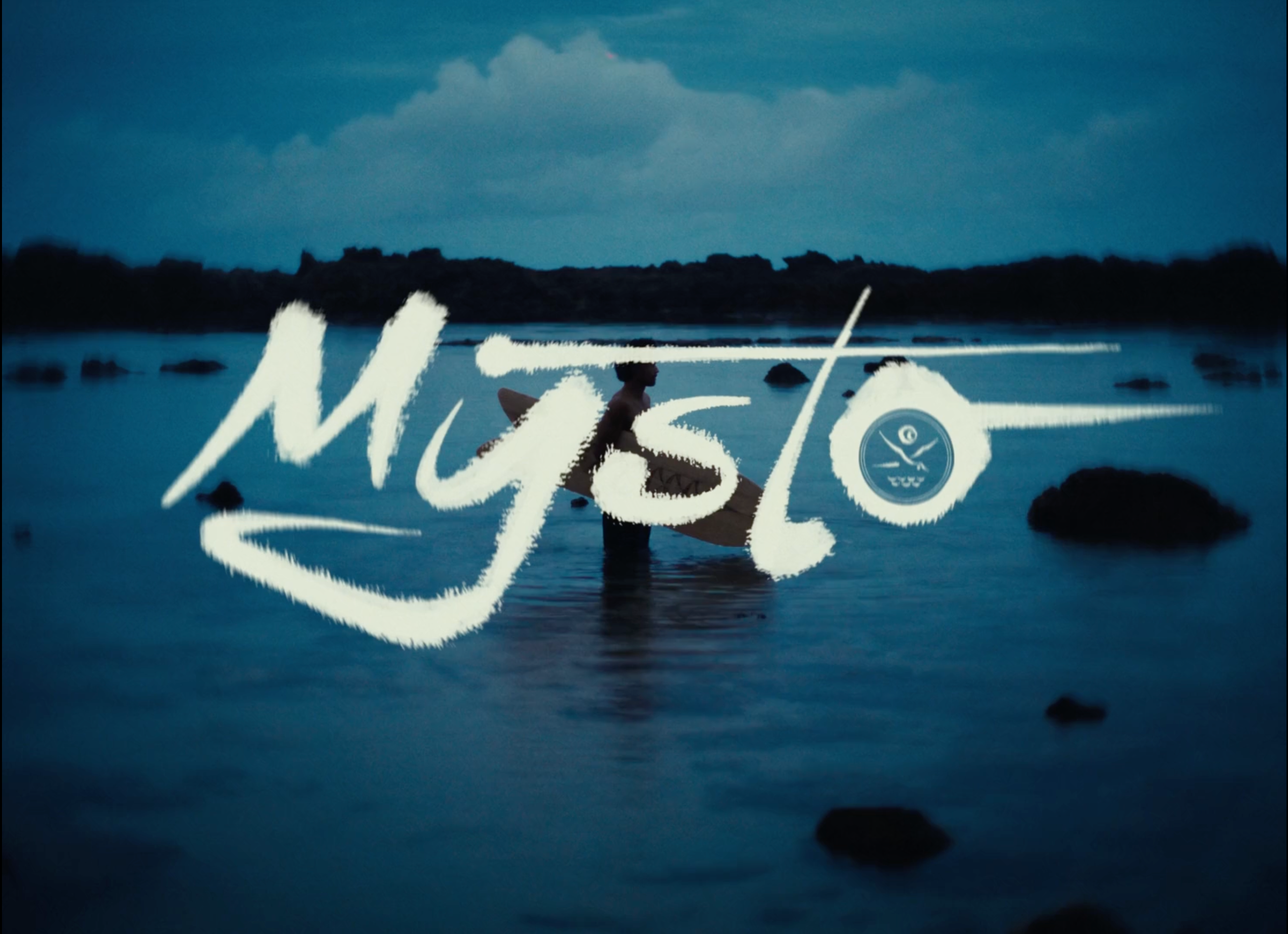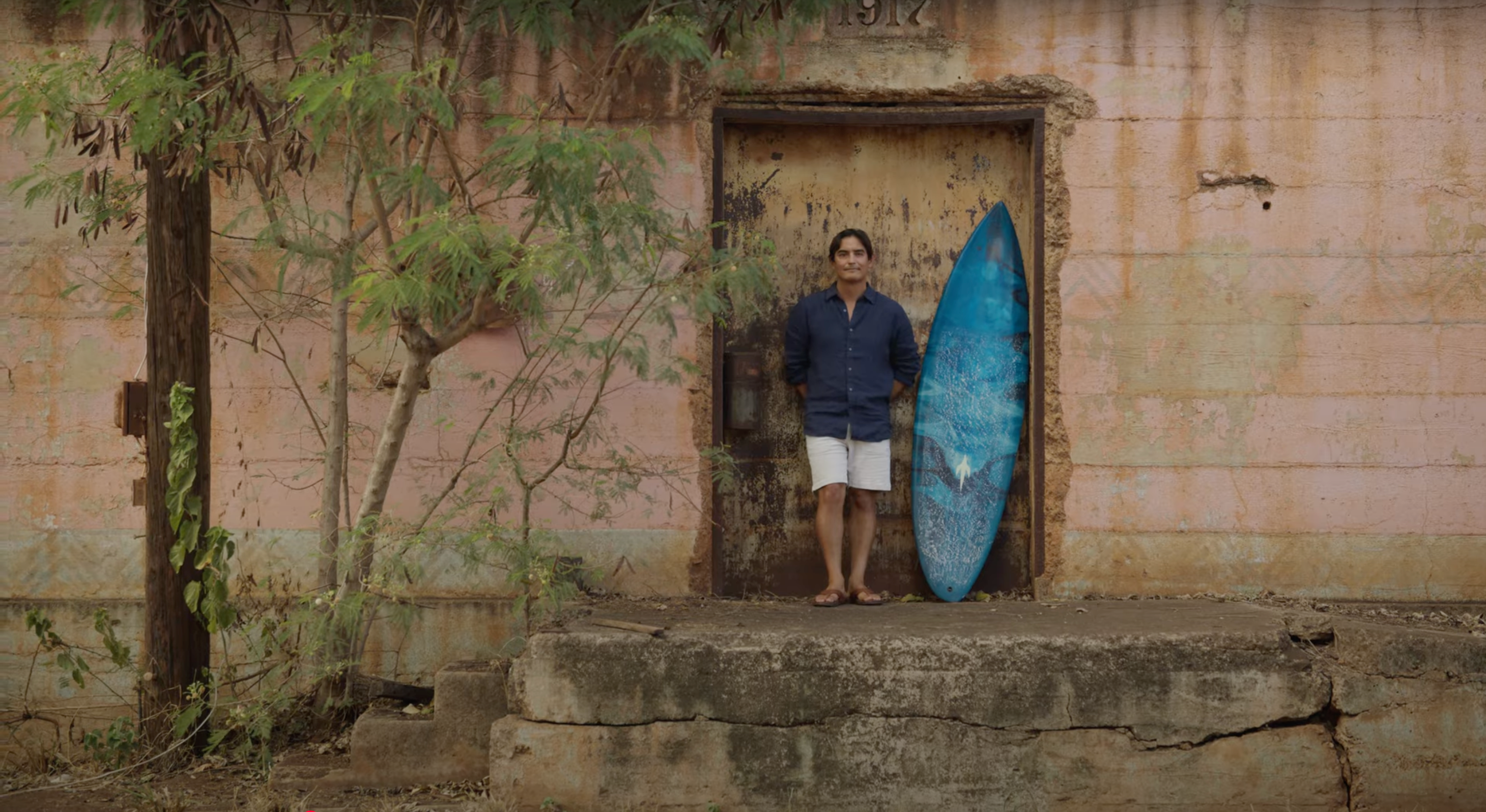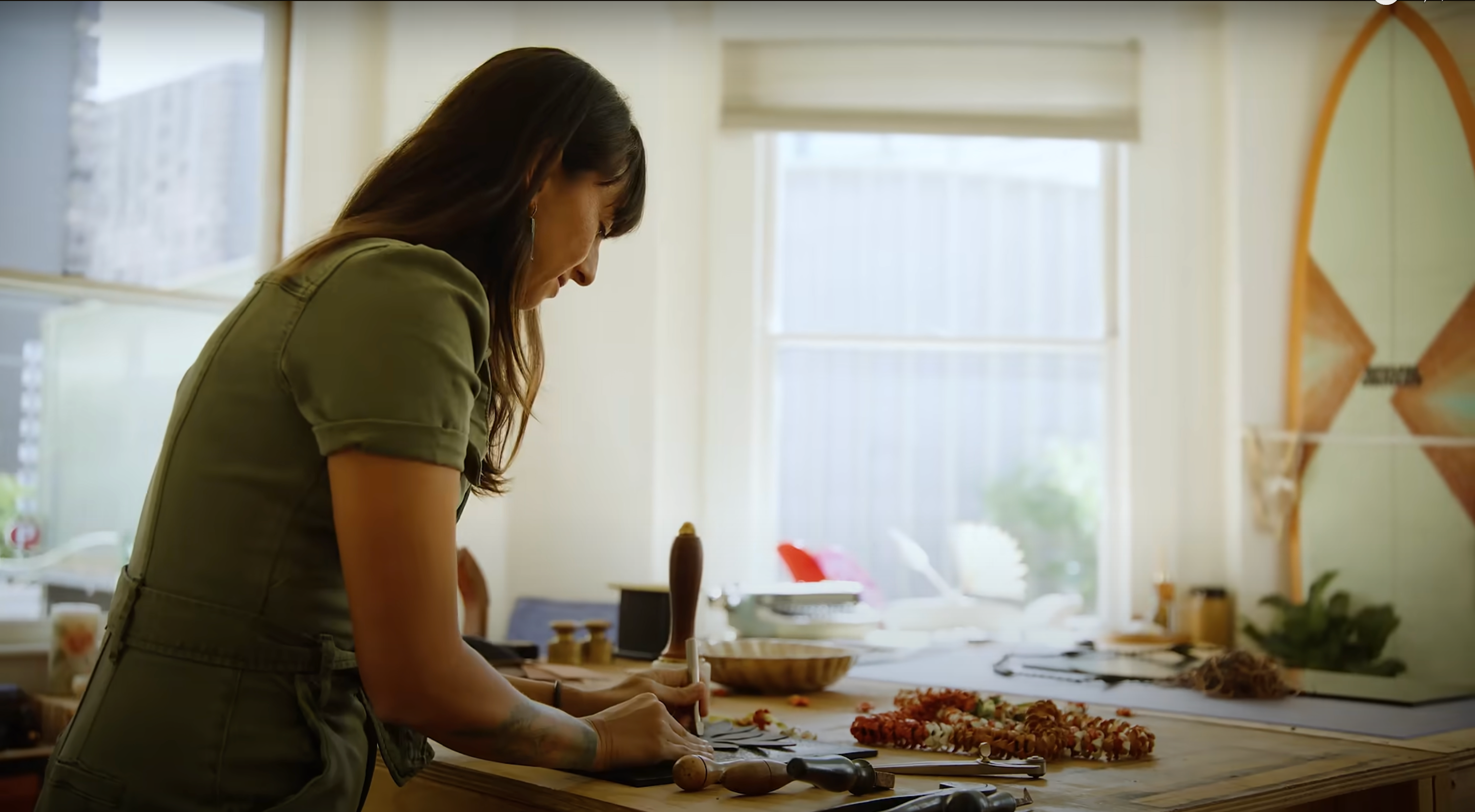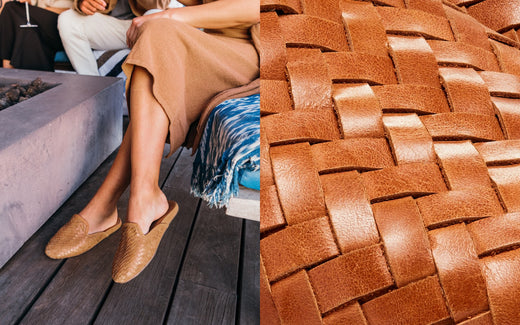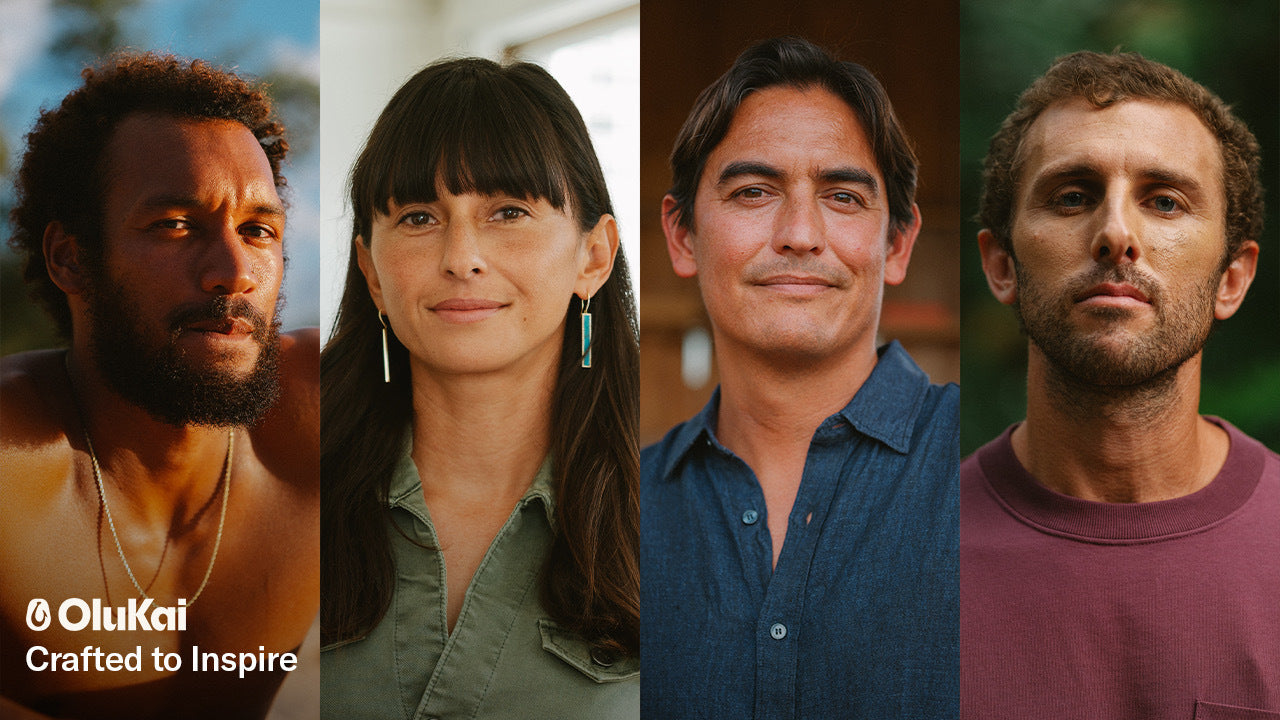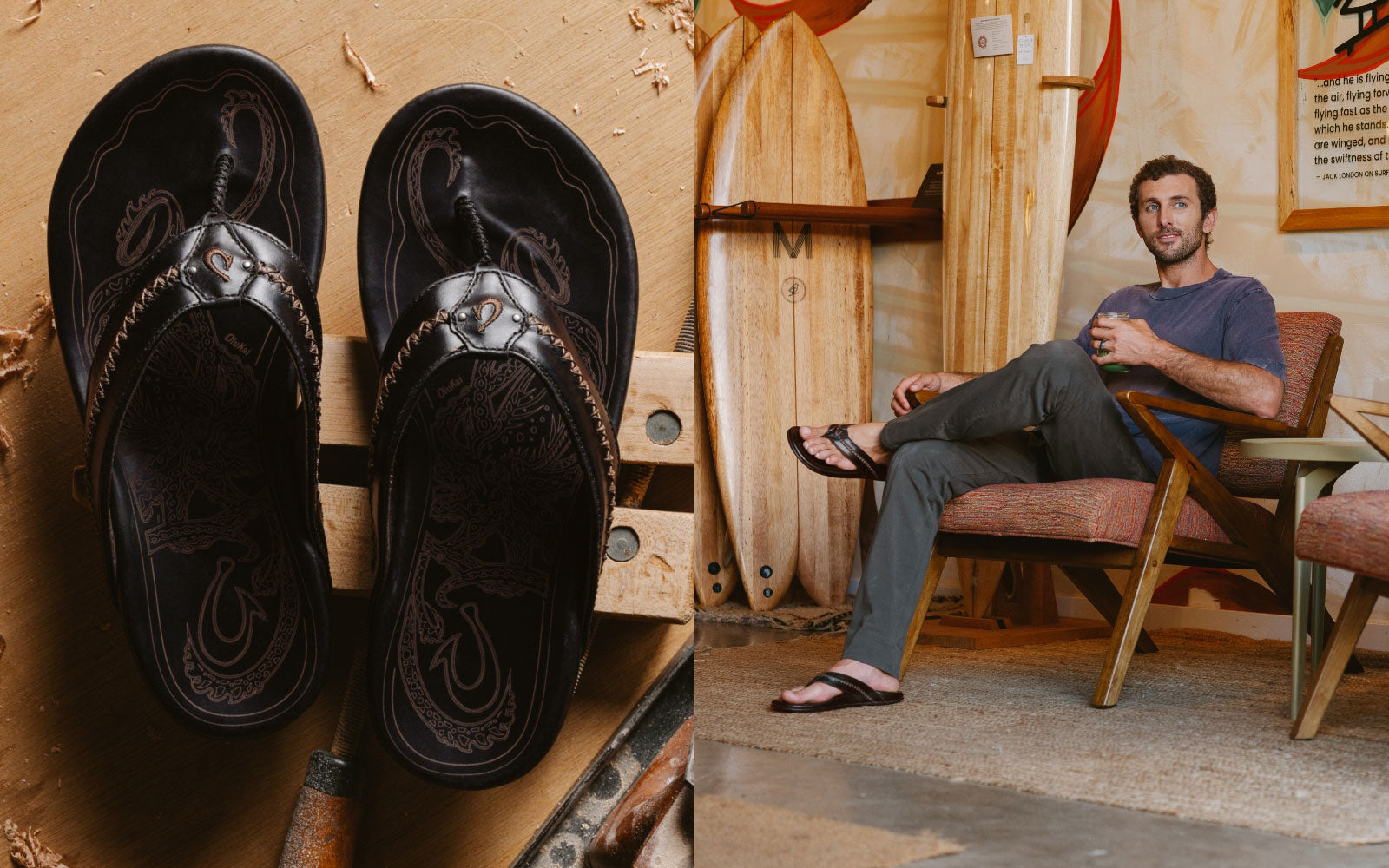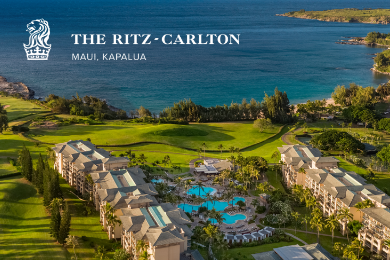 ©istockphoto/ianmcdonnell[/caption]
One of the greatest gifts Hawaiians have given to humanity, as far as this writer is concerned, would surely be the sport and art of surfing. And the best place to experience surfing - whether out riding the wave or watching from shore - is the island of Oahu. From the summer waves of the south shore to the winter wave of the North Shore, Oahu is known as “The Mecca” of surfing for good reason as surfers from around the world make the pilgrimage here to test themselves against the amazing power and beauty of the waves. Here’s a list of 7 of the greatest and most renowned waves on the island of Oahu. Ask any surfer around the world and for them, surfing any one of these waves is on their bucket list. So, here they are, in no particular order.
Waikiki Beach, South Shore
©istockphoto/ianmcdonnell[/caption]
One of the greatest gifts Hawaiians have given to humanity, as far as this writer is concerned, would surely be the sport and art of surfing. And the best place to experience surfing - whether out riding the wave or watching from shore - is the island of Oahu. From the summer waves of the south shore to the winter wave of the North Shore, Oahu is known as “The Mecca” of surfing for good reason as surfers from around the world make the pilgrimage here to test themselves against the amazing power and beauty of the waves. Here’s a list of 7 of the greatest and most renowned waves on the island of Oahu. Ask any surfer around the world and for them, surfing any one of these waves is on their bucket list. So, here they are, in no particular order.
Waikiki Beach, South ShoreWaikiki is where it all began. Surfing’s most iconic figure, Duke Kahanamoku is considered the father of surfing. A Waikiki native, Duke was an Olympic hero as famous in the first half of the 20th Century as Tiger Woods is now. Duke traveled all around the globe putting on surfing demonstrations to share the sport with the world. His home break was Waikiki Beach and when surfing was first photographed and filmed and shown to the outside world, Waiki was the epicenter. Waikiki's breaks are gentle and roll forever, and just about anybody can surf them. While a first-timer can surf it with ease, an expert can also go out there and do some extremely technical maneuvers. With Diamond Head as a backdrop and the lights of Waikiki before you, surfing Waikiki is warm and beautiful and all about fun. The culture of the wave is to share it with others, which fits right along with the aloha spirit. Waikiki is the foundation of the sport we all love. Makaha, West Side
For the first half of the 20th Century, Makaha was the spot where surfers flocked in the winter. The waves that wrap around Makaha Point are rideable from two feet to 40 feet, and Makaha was the arena for the evolution of small-wave "hotdog" surfing but also big-wave surfing on elephant guns. While surfers began to gravitate to the many spots of the North Shore in the late 1950s, attention turned away from Makaha, but that suits the local surfers fine. At Makaha on any day you will see a greater collection of watercraft than anywhere on earth - from smiling braddahs bellyboarding paipo to outrigger canoes and everything in between: shortboard, longboard, tankers, SUP. It's a water circus. Waimea Bay, North Shore
Back in the early 1960s, Jan and Dean sang: "In Hawaii there's a place call Waimea Bay, where the best surfers in the world come to play." Jan and Dean pronounced it wrong with their "Why-uh-mee-ya" but they were correct that "Why-may-yuh" is one of the ultimate challenges in surfing. First surfed in 1956, Waimea breaks off a point at the mouth of a beautiful valley, overlooked by a Christian church and an Hawaiian heiau and the lush cliffs of the North Shore. Through the second half of the 20th Century, Waimea Bay was the most challenging big wave in the world. Although spots like Mavericks and Jaws have stolen some of Waimea's thunder, the spot is still considered a challenge and is home to the invitational big-wave contest called The Quiksilver in Memory of Eddie Aikau. Sunset Beach
Sunset Beach is one of the most infamous surfing spots in the world and is a great place to watch surfers display thoroughly modern big-wave performance surfing. Primarily a winter break, Sunset is rideable from small to XXL, and is the location for the second event on the seasonal Triple Crown of Surfing. Sunset is an addiction for a lot of surfers, who build their lives around chasing down those shifting peaks and absorbing the power of this Hawaiian reef break. Ala Moana Bowls
In the 21st Century there are a lot of barreling, tropical, left-hand reefs being ridden around the world, from Saint Leu in the Reunion Islands to Teahupoo in Tahiti to many spots in the Mentawai. But going back to the 1940s, Ala Moana was the original barreling, left-hand reef break. Surfers like Conrad Canha and Gerry Lopez laid down a foundation of daring, graceful surfing over the sharp reef at Ala Moana, which breaks on a reef outside of Ala Moana Harbor. Sandy Beach, East Side
For body surfers and body boarders the ultimate wave is at Sandy Beach. This wave breaks right on shore, where the transition from very deep to very shallow water creates a fast and wide-barreling wave that that will pound you to kingdom come. Pound for pound, some of the best barrels in the world are right here. To give some perspective how serious this wave is, every year there are more broken necks at Sandy Beach then any other beach in the world. Wave riders always leave this place with a smile on their face, if they come away unscathed. Banzai Pipeline, North Shore
Last and definitely not least: Pipe. What can you say about the deadliest and most photographed wave in the world? Well, if Frank Sinatra were a surfer he would have sung about Pipeline instead of New York, cause if you can make it here, you can make it anywhere. This deadly, barreling wave has made the biggest heroes and zeroes in the sport. It is the ultimate proving ground for any surfer trying to make a name for himself. Ask any surfer in the world where you go to prove yourself, and you’ll get one answer, Pipeline.
